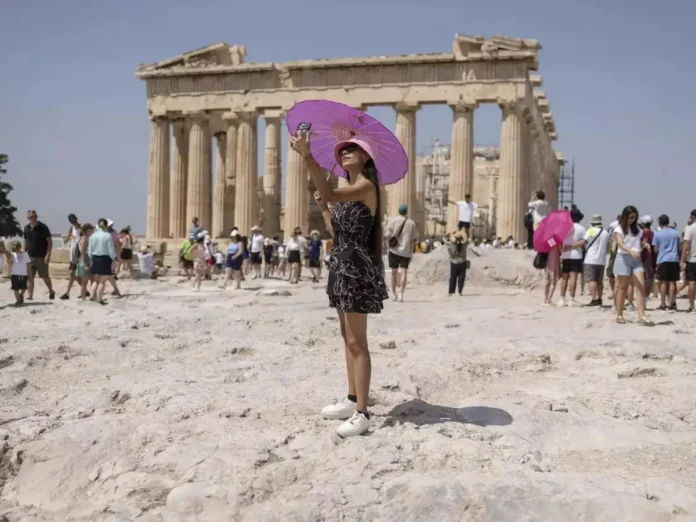Europe often stands as a living museum where ancient streets and world-famous landmarks draw millions of visitors each year. Last year, the continent hosted a staggering 747 million international travelers, far outpacing all other regions, according to the U.N. World Tourism Barometer. Southern and Western Europe alone saw over 70 percent of these visits, making popular cities like Barcelona and Venice focal points for both wonder and strain.
In the heart of Madrid, locals and tourists cross cobblestone streets as ice cream cones melt in warm June air. Visitors line up at historic plazas and snap selfies outside grand cathedrals. Yet this surge brings fresh challenges. Many European cities now struggle to meet demand for housing, clean water and basic services. Short-term rentals push full-time residents out of their own neighborhoods. Public fountains run dry during peak season. Iconic museums and galleries find their staff overwhelmed by endless queues.
Southern Europe bears the brunt of this wave. Italy, which welcomed more international arrivals last year than its entire population, faces crowded museums and packed trains. Tourism Minister Daniela Santanchè argues that careful planning and new tools can help manage crowds. She envisions a system where travelers buy timed entry tickets months in advance, helping venues like the Uffizi Gallery avoid sudden surges.
Spain reported nearly 94 million international visits in 2024, almost double its own population. In Barcelona, anti-tourism protests highlight local frustration. Marchers armed with water guns spray unsuspecting visitors to draw attention to the housing crisis. Activists blame an influx of short-term rentals for driving up rents and eroding neighborhood character. Souvenir shops and global chains now line once-quiet streets, replacing family-run cafes and local bakeries.
Greece also feels the pressure. Popular islands such as Santorini and Mykonos host nearly four times their resident numbers in visitors each year. Water supplies dwindle under scorching summer sun. Local authorities deploy water tankers from the mainland and install desalination units to meet basic needs. Starting July 1, cruise tourists will pay a new port fee of up to 20 euros to help cover environmental and infrastructure costs.
France, the world’s most visited country with 100 million arrivals in 2024, saw its Louvre Museum staff strike this week. They warned that the building’s infrastructure suffers under heavy traffic, forcing a brief closure that left thousands of tourists waiting outside in the sun . Officials in Paris and other cities are exploring visitor caps, entry fees and new routes that steer travelers toward lesser-known neighborhoods.
Responses and Solutions
Governments and tourism boards now face a key test. Spain has already ordered Airbnb to delist nearly 66 000 properties that break local rules. Barcelona plans to phase out all short-term rentals by 2028 to protect housing for residents. Venice reinstated a city entry fee for day-trippers to ease crowding in its narrow canals and piazzas.
Planners and experts stress that overtourism need not threaten Europe’s heritage. They call for smarter transport, digital ticketing, and incentives that push visitors toward off-peak seasons and emerging destinations. Some Greek islands now offer discounts to travelers who visit outside July and August. Italy promotes cultural sites beyond Florence and Rome to spread economic benefits more evenly.
Sources: AP News, The Economic Times

